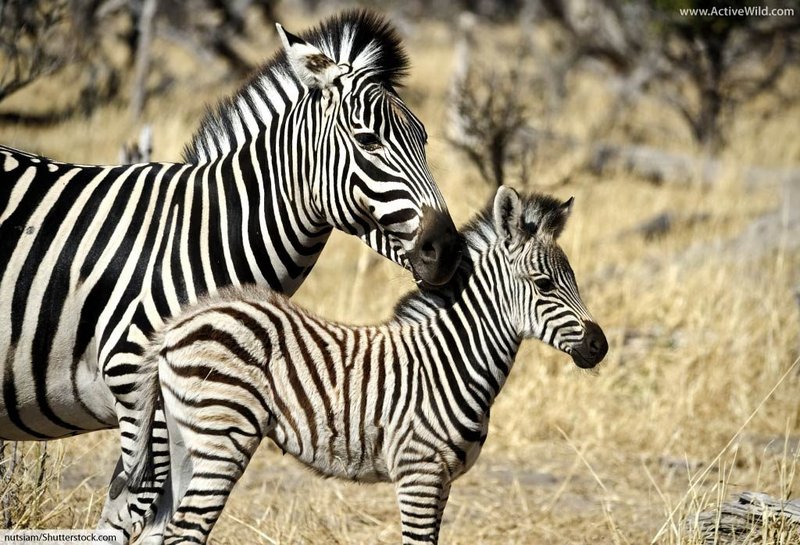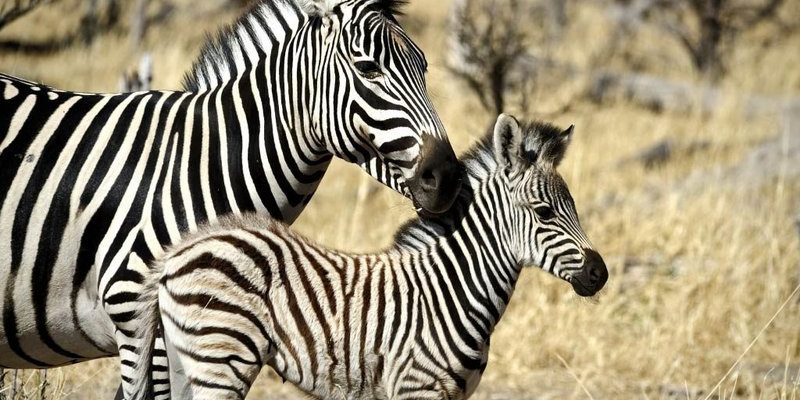
Encountering a plains zebra isn’t just about snapping a quick photo; it’s about respecting wildlife and ensuring your safety. After all, zebras are wild animals with their own behaviors and instincts. So, let’s dive into some key steps you should take when you find yourself face-to-face with these fascinating animals.
Understanding Plains Zebras
Before we get into what to do during an encounter, let’s take a moment to appreciate what makes plains zebras so unique. These animals are more than just their striking appearance. They are social creatures that live in herds, and their patterns of behavior can be as intricate as their stripes.
Plains zebras are found primarily in the grasslands of Africa, where they graze on grasses and interact with their environment. Their stripes serve multiple purposes: they help regulate body temperature, and they confuse predators. Imagine standing in a crowd where everyone is wearing striped outfits—it’s hard to focus on just one person, right? That’s similar to how zebras confuse predators like lions and hyenas.
When encountering a zebra, understanding their nature can help you gauge their behavior. Do they seem relaxed or startled? Remember, these animals are not domesticated pets; they are wild beings with instincts that guide their reactions.
Stay Calm and Observe
If you find yourself in the presence of a plains zebra, the first thing to do is to stay calm. It’s easy to get excited, but showing rapid movements or loud noises can startle them. Think of them like a shy friend—you wouldn’t want to scare them away, would you?
Take a moment to just observe. Notice their movements, how they interact with one another, and their environment. This can not only be a fascinating experience but also give you clues about how they might react. For example, if a zebra is grazing comfortably, it likely sees no immediate threat.
As you watch, keep a safe distance. Typically, maintaining at least 30 meters (about 100 feet) is a good idea. This distance allows you to enjoy the moment without infringing on their space or making them feel threatened.
Don’t Approach Too Closely
While it may be tempting to get closer for that perfect photo, **don’t**. Plains zebras are wild animals, and getting too close can put you in danger. Their behavior can change instantly, especially if they feel cornered.
Instead of walking closer, use a zoom lens on your camera, if you have one. This way, you can capture stunning images while still respecting their space. And remember, zebras can kick hard when they feel threatened—it’s nothing personal; it’s just their instinct to protect themselves.
You might be wondering what else you can do from a distance. Use this opportunity to enjoy the surroundings—the sound of their hooves on the grass, the sight of them interacting with each other, and maybe even the birds that accompany them.
Know When to Back Away
If a zebra starts showing signs of agitation, such as stamping their feet or flattening their ears, it’s time to back off. These behaviors are signals that they feel threatened or uncomfortable. Imagine you’re in a crowded room and someone starts to yell; you’d probably want to step back and give them space, right?
Backing away slowly and quietly is essential. Don’t turn your back suddenly; it can trigger a chase response in these animals. Instead, maintain eye contact as you move back and create distance between you and them. This helps ensure both your safety and the zebra’s comfort.
Consider the scenario: if a group of zebras is nearby, and one starts to panic, you could inadvertently trigger a stampede. It’s far better to leave the area quietly and give them room to regroup.
Respect Their Habitat
One of the best ways to enjoy an encounter with plains zebras is to respect their habitat. This means not littering, avoiding the urge to feed them, and keeping noise levels down. Remember, you are a visitor in their home, much like a guest in someone’s house. You wouldn’t want to disrupt their living space!
Stay on marked paths while observing wildlife. Straying off the trail not only disturbs their habitat but can also put you at risk of encountering other wildlife that might not be so friendly. Additionally, disturbing natural settings can harm the ecosystem.
Make your visit a positive experience—for both you and the zebras. By being a responsible observer, you contribute to the conservation of these beautiful creatures and their environment.
Learn About Their Behavior
Understanding plains zebra behavior can enhance your experience. For instance, zebras are known for their strong social bonds. You’ll often see them grooming each other or standing close together. This doesn’t just make for a cute photo—it’s actually a crucial part of their social structure.
Zebras communicate through a series of vocalizations and body language. Have you ever noticed how dogs wag their tails or flatten their ears? Zebras do the same! Their vocalizations can range from barks to whinnies. By learning to interpret these signals, you can better understand what they’re feeling.
If you come across a lone zebra, it could be a sign that it’s lost or injured. In such cases, keeping a safe distance and watching for signs of distress can be essential. Reporting your findings to park rangers or conservationists can help ensure the animal gets the attention it needs.
Be Prepared for the Unexpected
Wildlife encounters can be unpredictable. While plains zebras are generally not aggressive, any wild animal can behave unexpectedly if they feel threatened. Having a plan in case of an unexpected encounter will keep you safe and calm.
Always carry a first-aid kit, water, and a charged phone when exploring areas where you might encounter wildlife. This preparation might seem excessive, but it can be a lifesaver if something goes wrong. If you have binoculars or field guides, bring those along too. They can enhance your experience by helping you identify various species or get a closer look at those stripes without intruding.
If you’re in a vehicle, keep windows rolled up and doors locked while observing zebras. Always listen for instructions from your guide if you’re on a safari tour. They’re trained to handle wildlife encounters and can provide valuable insight.
Encountering a plains zebra in the wild can be a magical experience, but it comes with responsibilities. Staying calm, observing from a distance, and respecting their habitat are essential steps for anyone lucky enough to see these magnificent animals.
By following these guidelines, you not only ensure your safety but also contribute to the preservation of these wonderful creatures. Next time you’re out in the wild and come across a zebra, remember to appreciate the moment. After all, there’s just something special about sharing a space with nature, don’t you think? So gear up, head out, and let the adventure unfold!

